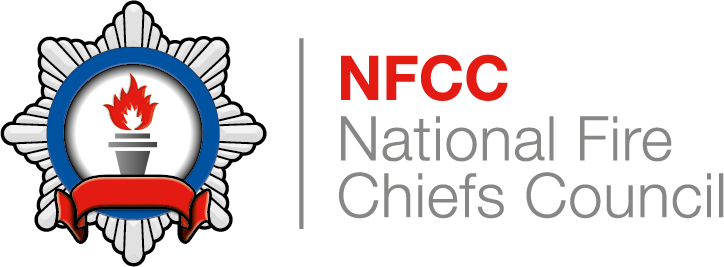Make an effective handover to the responsible person
Control Measure Knowledge
At the closing stages of the incident, the responsibility for the health and safety of the site must be handed over to the appropriate person. The reference to a ‘safe state’ does not imply that hazards no longer exist, but that interim or permanent control measures are in place to manage them. Knowledge of these should be handed over to the person responsible for their future management.
In the closing stages, important factors include:
- Risk management
- Transfer of health and safety issues to an appropriate person
- Welfare of people and teams
- Arranging or managing all relevant investigations
- Other post-incident considerations
Competent management of the closure of the incident is as important as the initial actions on arrival at an incident; this includes:
- Facilitating appropriate handovers as the incident reduces in size
- Continued vigilance regarding the hazards that continue to exist or may present themselves after fire and rescue service activities have ceased
- Ensuring that site occupiers, neighbours and others who have been, or may be, affected by the incident are kept appropriately informed
At some incidents a responsible person or body will be present to whom the management of these risks can be transferred. The risks may have a wider impact on the public or occupiers of neighbouring premises. There could also be no obvious way of maintaining control measures after fire and rescue service resources leave the incident.
Before finally closing an incident and removing all fire and rescue service resources, the incident commander should consider the following points for their handover:
- The need to inform those affected by an incident, such as the responsible person and neighbours that fire and rescue service operations have concluded
- Inform relevant people of any remaining hazards, which includes potential environmental hazards caused by fire and rescue service operations
- Any security issues
- Any fire protection or prevention issues
- The need to leave in place any cordons or signage to provide warnings of residual hazards
- The need to seek specialist advice regarding impacts, or potential impacts, of the incident such as to health and safety, structures or the environment
- Ensure the fire control room are advised that the incident is being closed and given the status of the resources being removed
Where there is a responsible person or body a formal handover of responsibility for the management of risk should be undertaken and a record made; this record may include the following:
- Responsible person’s details and time and date of the handover
- Identification of hazards and measures to ensure health and safety arrangements are maintained
- Security issues, particularly where premises are left vulnerable, and who is accepting responsibility
- Logging decisions made by the incident commander
- Formal acceptance of responsibility by the responsible person
The fire and rescue service may need to secure the personal property of people involved in the incident and ensure that these are handed over to the appropriate authorities. A record should be made of items recovered by the fire and rescue service and to whom these were handed prior to leaving the incident.
